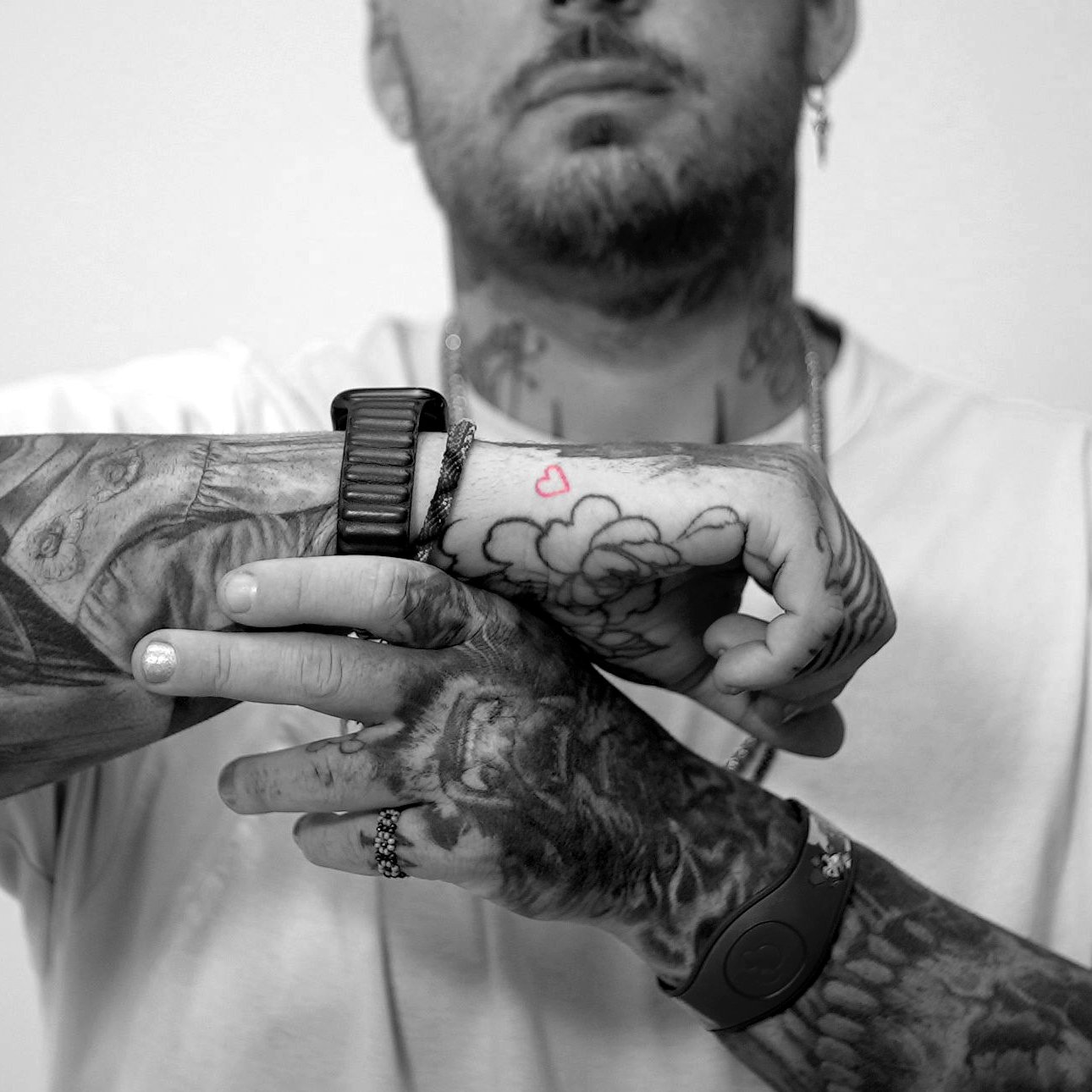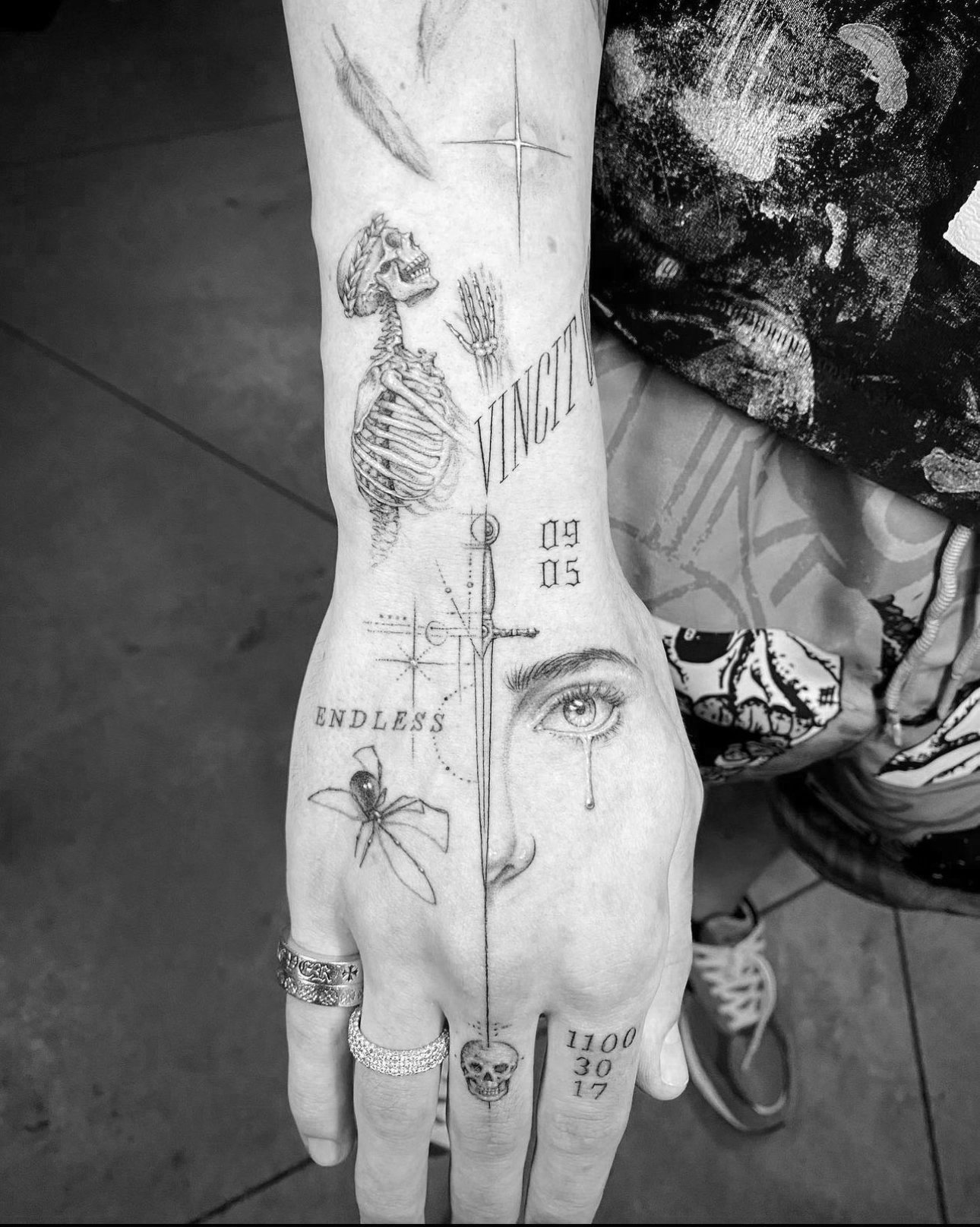
HYPRSKN / Safety
Protecting Patients For A Brighter Future
Protection is a HYPRSKN Core Value; safety dictates every decision we make.
The Importance of Results
We believe there is no substitute for human trials.
Clinical Testing
Safety trials are usually the first stage of clinical trials and involve a small group of healthy volunteers who are closely monitored for any adverse reactions.
Employing a series of tests and evaluations, these trials are designed to evaluate the safety of a particular intervention, be it a drug, vaccine, or medical device.
Safety trials are an essential step in the process of developing and bringing products to market.
Their primary objective is to closely monitor a small group of healthy volunteers, identify harmful reactions, if any, to the intervention and assess the severity and frequency of such reactions.
Representation in Testing
Since it is well-established that different populations may respond to medical interventions differently, representation in clinical trials is another crucial aspect of medical research.
However, historically, clinical trials have primarily involved white male participants, which has led to a lack of generalizability of findings to other demographics.
Representativeness in clinical trials requires participation from subjects with diverse racial, ethnic, and socioeconomic backgrounds to prevent disparities in healthcare outcomes for certain groups.
The inclusion of participants with different medical histories and health conditions is also essential to understanding how the intervention may affect a broader population.
HYPRSKN is proud to be a part of the push towards more diverse clinical trial populations to ensure that interventions are safe and guarantee equitable healthcare outcomes for all.
“Based on the data obtained, it can be confidently concluded that Magic Ink tattoos behaved equally and were tolerated as well as conventional ink tattoos.”
—Dr. Ardash Mudgil
After six years of research and development, Magic Ink is now the world’s first rewritable tattoo ink. Over the course of development, co-founders Dr. Carson Bruns and Keith “Bang Bang” McCurdy refused to employ animal testing. Instead, they all volunteered to first test Magic Ink on themselves. No adverse events were reported.
-
Named by Vogue “the most famous tattoo artist in the world,” Keith “Bang Bang” McCurdy is the owner of the Bang Bang Tattoo Studio in New York. Bang Bang has personally tested multiple iterations of the ink on himself with over 50 Magic Tattoos in a wide range of shapes and locations.
-
Dr. Carson Bruns, director of the Laboratory for Emergent Nanomaterials at the ATLAS Institute of the University of Colorado Boulder, is a researcher in the interdisciplinary field of molecular nanotechnology. Dr. Bruns was the first human to ever test Magic Ink, so he has the oldest Magic Tattoo in existence.
Early Testing : Co-Founders
The Ten of Hearts Study
After testing Magic Ink on themselves, the founders established the Ten of Hearts study to test the safety of Magic Ink in a diverse group of volunteers. Participants were chosen to represent a varied range of skin types, ages, and genders.
Led by decorated dermatologist and dermatopathologist Dr. Adarsh Mudgil, the Ten of Hearts study saw volunteers tattooed with Magic Ink and conventional ink on opposite sides of their bodies. This method created a direct comparison between the two inks, allowing for a study of compared “behavior” and safety across a diverse group of volunteers.
-
During the trial, ten participants were selected to receive tattoos using Magic Ink, alongside tattoos using a control ink that is commonly used in the tattoo industry.
Using a morphologically identical tattoo design (in this case, a heart shape), volunteers were tattooed with Magic Ink and conventional ink on symmetrically opposing anatomic sites (i.e. left medial wrist Magic Ink; right medial wrist conventional tattoo ink).
Participants were observed daily for 7 days and surveyed for itch, pain and redness. After 7 days, tattoos were reviewed at a medical consult with a dermatologist. Results continued to be documented using self-surveys and photographs for the next six months.
-
The objective of the trial was to study the safety of Magic Ink across three endpoints:
— The responses in a randomized group of volunteers who were tattooed with Magic Ink and conventional ink
— A comparison of each subject’s skin response to Magic Ink tattoo and conventional tattoo ink
— A study of any different responses to to Magic Ink tattoo and conventional tattoo ink from volunteers across various skin types, ages, or genders.
-
The tattoos were closely monitored over time to evaluate the quality, longevity, and safety of each ink. Participants observed and reported no adverse events in any of the Magic Ink or standard tattoos. Tattoos were assessed for Erythema, Swelling, Scale/Crust and Tenderness. There were no deviations in the normal conditions of the healing process—no acute swelling, no itching, no redness reported. Magic Ink performed safely across a diverse range of skin types, ages, and genders.
Notably, Magic Ink demonstrated superior performance and proved to be safer than traditional inks. This breakthrough can be attributed to the utilization of nanotechnology in its formulation. These ink particles are engineered to be smaller, significantly reducing the likelihood of adverse reactions within the body. This is a significant advancement for the tattoo industry, addressing longstanding concerns regarding ink safety and toxicity.
The Ten of Hearts study provides valuable insights into the effectiveness and safety of Magic Ink.
-
Dr. Adarsh Mudgil, has published extensively in medical literature, lectures nationally, and is a fellow of the American Academy of Dermatology, the American Society for Dermatologic Surgery, and the American Society of Dermatopathology. Based in New York, Dr. Mudgil cares for patients of all ages—from newborns to seniors, which gives him a unique understanding of skin disease.
Learn more about Dr. Mudgil here.
The Legacy Artist Program
The Legacy Artist Program was developed with the dual purpose of showcasing the artistic possibilities of Magic Ink while further evaluating its safety across a diverse array of participants.
This select group of the world’s greatest tattoo artists helped physically showcase that Magic Ink can vary greatly in design and purpose.
Using their artistic vision, the Legacy Artists created tattoos that reveal different emotions, functions, and styles each time the Magic Ink is activated/deactivated.
These artists were uninhibited from any boundaries of style or design, allowing them to lean into what makes them great artists, while also testing the boundaries of Magic Ink’s capabilities across a wide range of skin types.
-
Our Legacy Artists are among the best tattoo artists in the world, hand-picked by Bang Bang and trained in-person to wield Magic Ink to its fullest potential.
These artists were specifically selected for their diverse styles of tattooing, and varying processes of ink-to-skin application.
-
We have firmly established that Magic Ink tattoos heal as well as standard ink tattoos when aftercare protocol is followed. These first Legacy Artist Magic Tattoos were monitored and reviewed during dermatology consults with Dr Mudgil.
Reproducibility
To study the limits of Magic Ink’s ability to turn on and off, a Magic Ink tattoo was erased and rewritten one hundred times on the same patch of skin over a span of 12 hours.
Documented in these photos, the test utilized ascending numerical stencils. First, the tattoo was activated using Stencil “1” then promptly erased, followed by the activation of stencil "2," and so on. Over the course of 100 cycles in a single day, the Magic Tattoo flawlessly responded to every activation and deactivation.
The images captured during this test showcase the ink's exceptional performance, proving its ability to maintain its responsiveness even after extensive use throughout the course of a single day. In vitro experiments (tests outside of skin) have shown Magic Ink has the ability to activate and deactivate over 10,000 times.
Shown here: the Magic Tattoo demonstrated its incredible reproducibility in an early-stage test.
Testing the Future
At HYPRSKN, we prioritize safety and efficacy in all our products, including our innovative Magic Ink technology. While extensive testing has already been conducted to demonstrate the safety and effectiveness of our Magic Ink tattoos, we believe in continually pushing the boundaries of scientific research and development. That's why we're excited to announce plans to conduct additional clinical tests on our entire range of patented products, which span from topical to intradermal skin technologies.
By undertaking these rigorous clinical tests, we aim to gather further scientific evidence and ensure that our products meet the highest standards of safety and performance. These trials will involve stringent testing protocols, involving a diverse group of participants, to thoroughly evaluate the effectiveness, long-term stability, and potential side effects of our patented technologies.
At HYPRSKN, we are committed to delivering groundbreaking solutions that enhance people's lives while prioritizing their well-being. Our dedication to ongoing research and clinical tests reflects our unwavering commitment to the highest standards of quality and innovation. We invite you to join us on this exciting journey as we push the boundaries of what is possible and bring forth cutting-edge advancements in intradermal technologies and topical skincare. Together, we can shape a future where science and innovation seamlessly blend to revolutionize the way we think about our skin.
External Links To Clinical Results On Tattoo Inks
In the absence of government regulations in various regions of North America and Europe, tattoo ink has been frequently produced by tattoo artists themselves, often leading to toxic ink compositions. In an effort to mitigate risks to human health and increase safety, numerous countries have implemented legislation regulating the contents of tattoo inks. The manufacturers of such inks hold accountability for product safety. Although German law has recently (2009-2010) mandated regulation of tattoo ink compositions, associated health risks persist despite governmental intervention.







